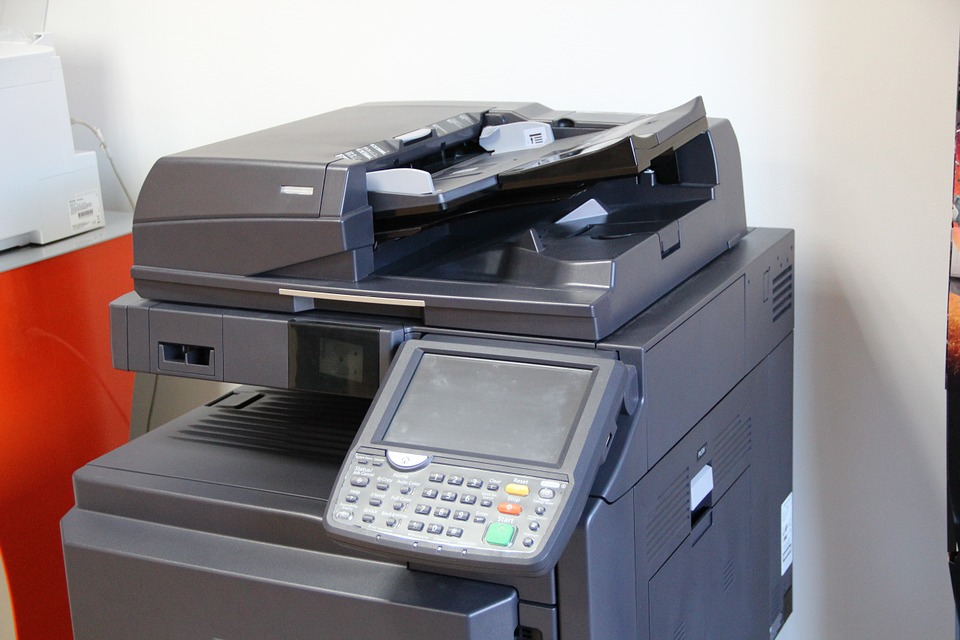Art belongs on the wall, but sometimes circumstances will force you to move them. For example, if you’re temporarily moving away from your home or relocating to a home with less space to hang your artworks, you may have to store some of them. Additionally, if you’re a painter who doesn’t sell their art the minute it’s complete, you are likely going to have to store those artworks in your home or specialized storage facilities like Museo Vault.
Art is delicate, and one innocent mistake could end up costing you dearly. That is why it’s important to know the basics of how to handle, clean and store your paintings. Everyone knows that paintings should be kept in a dark room, but choosing which one could play a huge role in their perseverance.
In this article, we are going to walk you through the basics of properly handling, cleaning and storing your art in order to avoid causing them permanent damage. These tips will prevent various damage types like mold, scratches, cracks, and flaking.
How to Properly Handle Your Art
Art is so delicate that it can even get damaged as you’re taking the picture off the wall or dusting the frame off. That is why you need to be extra careful what you wear around art, how you pick it up and hang it back.
Handle One at a Time :
Even if you’re in a hurry, never carry a stack of paintings, no matter if they are large or small. They could get scratched or dented if carried in bulks. When handling art, make sure to do it one painting at a time. If a painting is large, have two people handle it simultaneously.
Wash Your Hands before Handling :
Your hands need to be completely clean if you plan on handling art. Additionally, consider buying cotton gloves if you frequently have to handle art. Make sure the gloves are always washed. This precaution will help avoid leaving fingerprints both on the painting and the frame.
Remove Any Jewelry :
Rings and watches can scratch and damage your painting as you’re carrying it or taking it down from the wall. That’s why you need to remember to always remove any jewelry that could damage the painting before handling it.
How to Properly Clean Your Art
Like we mentioned, paintings are delicate so you have to take special care when cleaning them. Knowing which products to use to clean and dust the paintings in keeping them pristine for years to come.
Dusting Your Paintings :
Paintings hung on the walls are a dust magnet, and have to be cleaned regularly. But you can’t just use any old duster to do it. In order to avoid serious damage, use a soft artists’ brush made from natural hair. Keep the painting on a soft surface leaned down so the dust is pulled down as you brush it.
Move the brush carefully and slowly in a single direction and make sure you’re not applying any pressure to it. When you’ve dusted off the entire picture, change the direction and go for a second pass. Never use stiff brushes, moist cloths or feather dusters when cleaning art.
Cleaning Your Paintings :
This should be common sense, but never ever use household cleaners or similar products on paintings. The chemicals in these products can completely ruin the painting. If there’s a need to clean the painting, consider hiring an expert.
How to Properly Store Your Art
Finally, proper art storage is the key to its preservation. This is also where art collectors are most likely to make a mistake due to the numerous factors that determine whether a location is suitable for art storage or not.
Avoid Damp Rooms :
Never store your art pieces in the basement, the attic or any room with an outside wall. These rooms are usually either too dry or too damp. Either of those could affect your paintings. However, if you’re out of options to make sure to invest in a good humidifier and an AC unit to keep the room temperature constant and humidity levels acceptable.
Never Stack Paintings :
If you don’t have enough space and have to stack the painting one over the other or against each other, make sure you use appropriate protection like padding. Painting racks are ideal if you need to store multiple paintings.






















